Remembering the Lisa with a PiXL
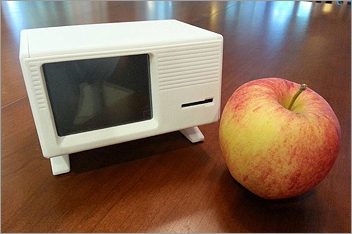 One quick way to any collector’s heart is to create miniature models of their objects of affection. Even better if the miniature reproductions work. And if the items happen to be seminal pieces of Apple computing history, just tell me where to sign up!
One quick way to any collector’s heart is to create miniature models of their objects of affection. Even better if the miniature reproductions work. And if the items happen to be seminal pieces of Apple computing history, just tell me where to sign up!
Introducing the PiXL. This miniature marvel is an homage to the Apple Lisa and its later variant, the Macintosh XL. A 3D printed case houses a Raspberry Pi 2 and small LCD screen, and utilizes an external USB keyboard and mouse. Running Raspbian – a variant of Linux optimized for the little piece of silicon fruit – both Macintosh and Lisa emulators are available to run on the system. What a geek’s dream!
Naturally I had to have one. To learn more about the story behind this effort I contacted the creator of the PiXL, Adam Sommerfield. We corresponded via email from his home in the UK:
“I’d had a curiosity about Apple and Macintosh since when I was young. The thing was, back in the day the Macintosh compared to say a Commodore 64 was very expensive – certainly outside the budget of someone growing up in Sutton, Nottinghamshire in the 80s! It was after searching around for pictures of various models that I spotted something called a Macintosh XL.”
Ah yes, the Macintosh XL. For those not familiar, this model started life as the Lisa 2, the second version of the Lisa containing a 3.5-inch floppy disk instead of dual 5.25-inch Twiggy drives. When sales of the Lisa slowed after the Mac launched, Apple tweaked the ROM and installed Mac System Software in an environment called MacWorks. The Macintosh XL was functionally equivalent to a Mac Plus but with a larger screen. It was beguiling to Sommerfield:
“I absolutely loved the design! It seems to just exude everything about the early computers with the beige colour, grill lines on the front, sides and back, built in monitor and perched on its stands. The more I read about it the more I got sucked into the whole story of the product, the original Apple Lisa version, the team that built it, the similarities but also conflict with Macintosh and that team.”

These days obtaining a Lisa or Macintosh XL is not easy or cheap – non-working units sell for several hundred dollars, working models in the thousands. The large size and weight is also an issue. Sommerfield thought it would be nice if other people could enjoy the Mac XL experience at a low cost, and his solution was to utilize a Raspberry Pi 2 with emulation software, housed in a small case that resembled the original.
And thus the name: PiXL
Now if anybody knows how to build working miniature computer replicas, it’s Charles Mangin. His online store RetroConnector is a veritable wonderland of tiny retro Apple gear (Macs, Apple II, disk drives, mice) all made with custom 3D printed cases. Sommerfield found out about Mangin’s efforts and they started working together. Mangin picks up the story:
“Adam initiated the whole thing by asking if I could model a miniature Lisa similar to the other Apples I’ve been selling on my Etsy store for a while now. Since I don’t own a Lisa, I created the models from photos and scanned reference materials on the Internet. [Adam] knew it was going to require a Pi 2 to run the emulator Ray had ported, so I built the model around that, and found a compatible display the right size to include.”
Using the 3D printed cases, the PiXL is available in both Lisa 1 and Lisa 2/Mac XL configurations. The reproduced detail is fantastic, right down to the logos, lights and disk drive recesses. An SD card containing the software gets inserted and ejected via the (lower) floppy drive slot, and power comes via an attached USB cable. On the right side of the case are an ethernet port and 4 USB ports.
You know, this little Lisa replica has more ports than most modern Apple products! That’s just not right…
Once booted two emulation environments are available to run: miniVmac for the Macintosh XL experience, or (in a more limited form) LisaEm to run the Lisa Office System. Sommerfield has been working with Ray Arachelian, the creator of LisaEm, to get the emulator ported across to Raspbian (versions exist for many operating systems). This must now be the tiniest Lisa emulator in existence.
Sommerfield summed up the final result in a fittingly British way: absolutely brilliant!
But beyond the cool factor, why all this effort? Sommerfield:
“Looking around the web there are a few sites that have Lisa content, but most of them appear a little basic. My plan is to put a site together that focuses 100% on the Lisa, its successes and positive points, along with anecdotal content around the team that built it. You can read a lot on the Macintosh team but there isn’t much on the Lisa team (though I appreciate there was some crossover). I’m determined to set up an Apple Lisa homage website and the PiXL will be available through [the site]. This will enable me to work on other content that helps raise the profile of the Lisa product and the story around it.”
The process of getting my PiXL up and running was actually a bit like getting my actual Lisa working – slow progress with long gaps. This isn’t a device for the impatient or technically faint of heart. It took over a month from the initial order date to a shipping unit as the 3D printed cases are custom made for each one. I had ordered a Lisa 1 version with a copy of LisaEm, and that software took several more weeks to create and ship from the UK. Upon receipt the internal LCD screen wasn’t recognized. Fixing this required use of an external monitor, installing additional device drivers, plus various and sundry command line troubleshooting.
Right now miniVmac runs well on the small screen, but LisaEm doesn’t scale correctly. It’s clear we’re in prototype territory, but overall the process was pretty fun, and both Sommerfield and Mangin note that delivery times and setup procedures will improve as additional units are made. Meanwhile a steady supply of Rum & Coke helps with any technical difficulties!
Sommerfield has been in touch with several members of the original Lisa team, including Rich Page and John Couch, and they are very excited and interested in his work:
“I almost feel I’m on a mission to raise peoples awareness of the Lisa and its role in the evolution of Apple computer products (and computers in general). Can’t really explain fully why, it just seems like a gross unfairness. Put it this way, i’ve been into computers since the early 80’s and I had no idea that the Lisa even existed until four months ago! Typical write-ups tend to give the Lisa a paragraph (barely) pointing out the commercial failure then move onto the Macintosh.”
You can support Adam’s efforts and purchase a PiXL via RetroConnector for $225 in kit form (supply your own Raspberry Pi 2) or $275 completely assembled. Remember the Lisa!
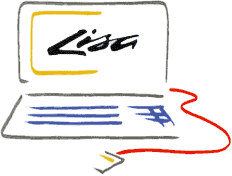

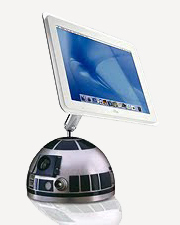
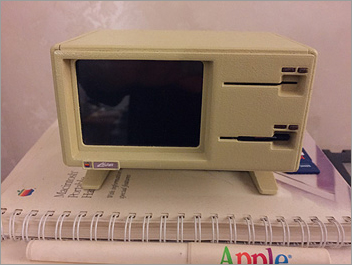
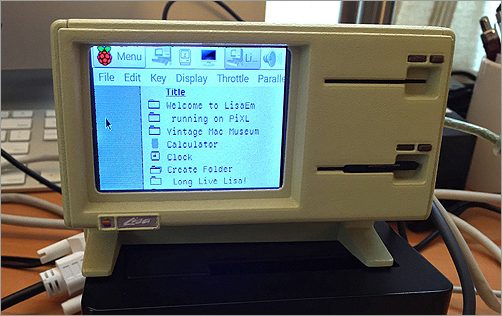
Hello:
I have an old Macintosh PowerBook 140 and wonder whether anyone would like to acquire it for their collection.
Best, Anne
Hey Anne I’ll take it!!
(A year later, but hey it’s worth a try)
This PiXL is fabulous!! OMG I must own one of these.
I went to retroconnector.com to check it out and was hit with the “wow” factor when I saw the Apple II w/ monitor. There is a short video there showing its features and when that tiny monitor lite up I was floored.
I had no idea these tiny things were being made…now I do thanks to this great website.